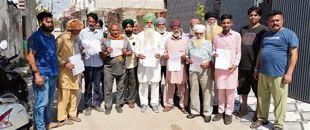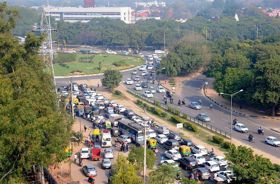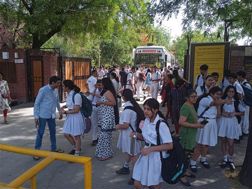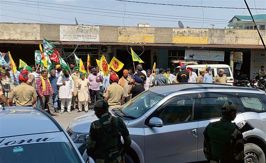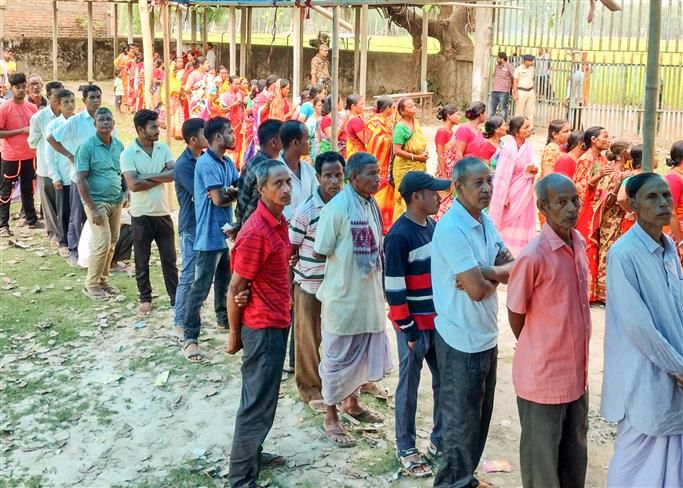
People stand in queues to cast their vote at a polling station during Phase-I voting for Lok Sabha Election 2024, at Dinhata in Cooch Behar on Friday. Photo: ANI
Vibha Sharma
Chandigarh, April 19
By the end of Friday — the day the world’s largest democracy voted in the first phase of the 2024 Lok Sabha elections — election “pundits” will be debating voting percentages and trends observed in 102 constituencies in 21 states and Union Territories.
Strategists of contending parties will also be pouring over voting figures and trends to ascertain the direction of the election wind to plan tweaks, if required, in strategies for the remaining six phases of elections to the 543-member Lok Sabha in the country.
Some of the big names in the BJP-led NDA and opposition INDIA bloc are trying out their luck in the first phase.
They include Union Ministers Nitin Gadkari, Kiren Rijiju, Sarbananda Sonowal, Sanjeev Baliyan, Jitendra Singh, Bhupendra Yadav and Arjun Ram Meghwal. Two former CMs Biplab Kumar Deb (Tripura) and Nabam Tuki (Arunachal) and former governor Tamilisai Soundararajan (Telangana) are also contesting so are BJP’s senior leader Nitin Gadkari in Maharashtra’s Nagpur and Jitin Prasada, who replaced Varun Gandhi, in Pilibhit, Uttar Pradesh.
Others in the fray include former Bihar Chief Minister Jitan Ram Manjhi in Gaya, Nakul Nath, son of former Madhya Pradesh CM Kamal Nath, in family bastion Chhindwara and Congress’ deputy leader in Lok Sabha Gaurav Gogoi in Jorhat, Assam.
Voters’ turnout
Since it is believed to be a sign of anti-incumbency against the ruling party, a high voter turnout is generally read as a positive sign for opposition parties. Some political pundits argue that anger against the ruling party encourages more voters to vote.
However, the counter to this is that high voter turnout can also be a reflection of people favouring the party in power and an expression of support in its favour.
As per analysts, there is no conclusive evidence either way, especially in a multi-party Westminster-system democracy like India where many factors work, and more so with Prime Minister Narendra Modi adding a brand new dimension to the concept of the general elections.
“The definition of anti-incumbency may also be debatable. For example, BJP changed more than 100 candidates to beat the anti-incumbency, so will the votes in its favour be seen as a vote for PM Modi, the party or the candidate? And if the MP is someone from the opposition benches will the definition still work,” they wonder.
Citing the example of Nagaland, they add that six districts in the eastern parts reportedly wore a deserted look due to a shutdown call by the Eastern Nagaland People’s Organisation (ENPO). So what will that translate to, and who will it benefit?
“It is hard to establish a relationship between the turnout and anti-incumbency at the national level where multiple factors may work though some relationship may exist at state level. The bottom line is higher turnouts are not associated with anti-incumbency,” they say.
Trends
Often a trend or a wave that builds up in the first phase also carries forward to the next phases. But again, things may change depending upon the situation and new developments.
In states like West Bengal and Uttar Pradesh, which will vote in all seven phases, some amount of voters’ fatigue is also expected.
“When the elections are stretched for long, people may lose interest. Normally, the number of voters is more if elections are held in one or two phases. When the elections are being held over six weeks, it is expected that those having economic power will gain,” analysts say.
Join Whatsapp Channel of The Tribune for latest updates.






















